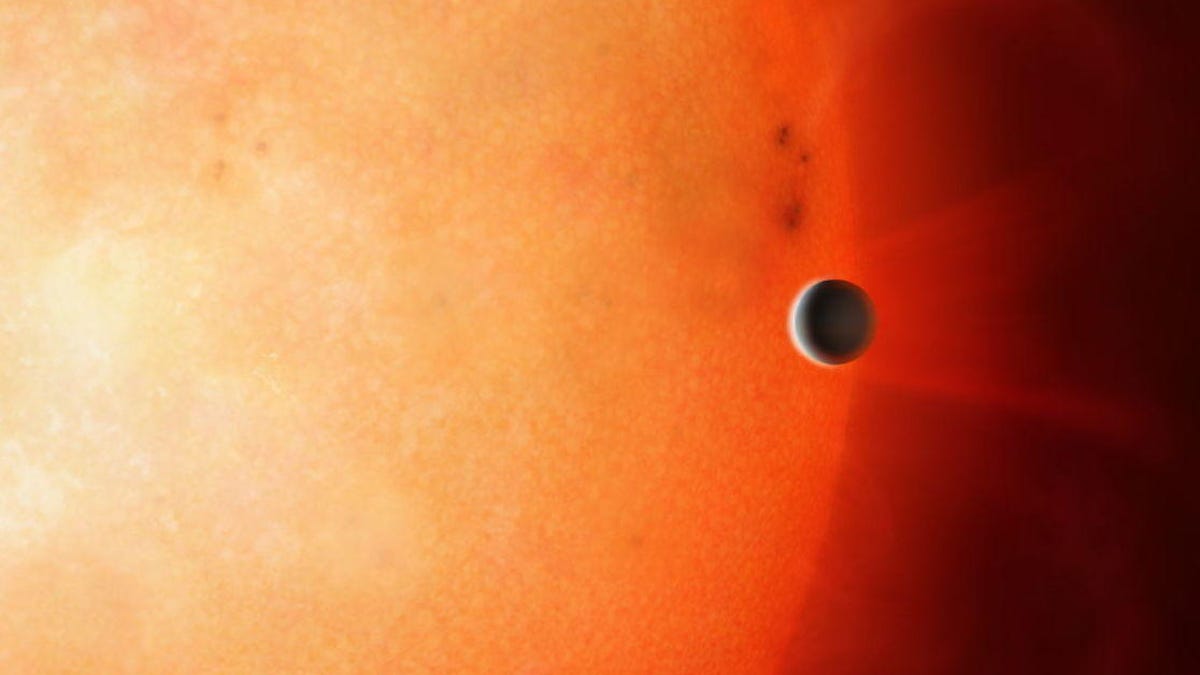Rogue 'Forbidden' planet defies its star's death zone
Scientists surprisingly discovered a tough-as-nails planet lurking in a "Neptunian desert."
Kevlar. Diamonds. Arnold Schwarzenegger. Planet NGTS-4b. That's a short list of things that are tough.
An international team led by astronomers with the University of Warwick in the UK issued an announcement this week that sounds like a summary for a Star Trek episode: "The 'Forbidden' Planet has been found in the 'Neptunian Desert.'"
NGTS-4b is an exoplanet that's 20% smaller than Neptune, but still three times the size of Earth. It's located 920 light-years away from us in an area known as a Neptunian Desert.
"The Neptunian Desert is the region close to stars where no Neptune-sized planets are found," the University of Warwick said. "This area receives strong irradiation from the star, meaning the planets do not retain their gaseous atmosphere as they evaporate leaving just a rocky core."
But NGTS-4b, nicknamed the Forbidden planet, has a gaseous atmosphere. Astronomers discovered the rogue planet by using the Next-Generation Transit Survey (NGTS) observing facility at European Southern Observatory's Paranal Observatory in Chile.
"This planet must be tough -- it is right in the zone where we expected Neptune-sized planets could not survive," said astronomer Richard West, lead author of a paper on NGTS-4b scheduled for the July issue of the Monthly Notices of the Royal Astronomical Society.
The team thinks the exoplanet may have moved into the Neptunian desert within the last million years, or that it may have been very big with an atmosphere that is still evaporating.
To find exoplanets, astronomers use telescopes to watch for a dip in the brightness of a star that indicates a planet passing in front of the view. NGTS is able to pick up extremely faint dips, which helped it spot oddball NGTS-4b, which is now "the smallest planet discovered in a wide-field ground-based photometric survey."
Researchers hope this is just the beginning for locating planets in the Neptune desert. "Perhaps the desert is greener than was once thought," West said.


